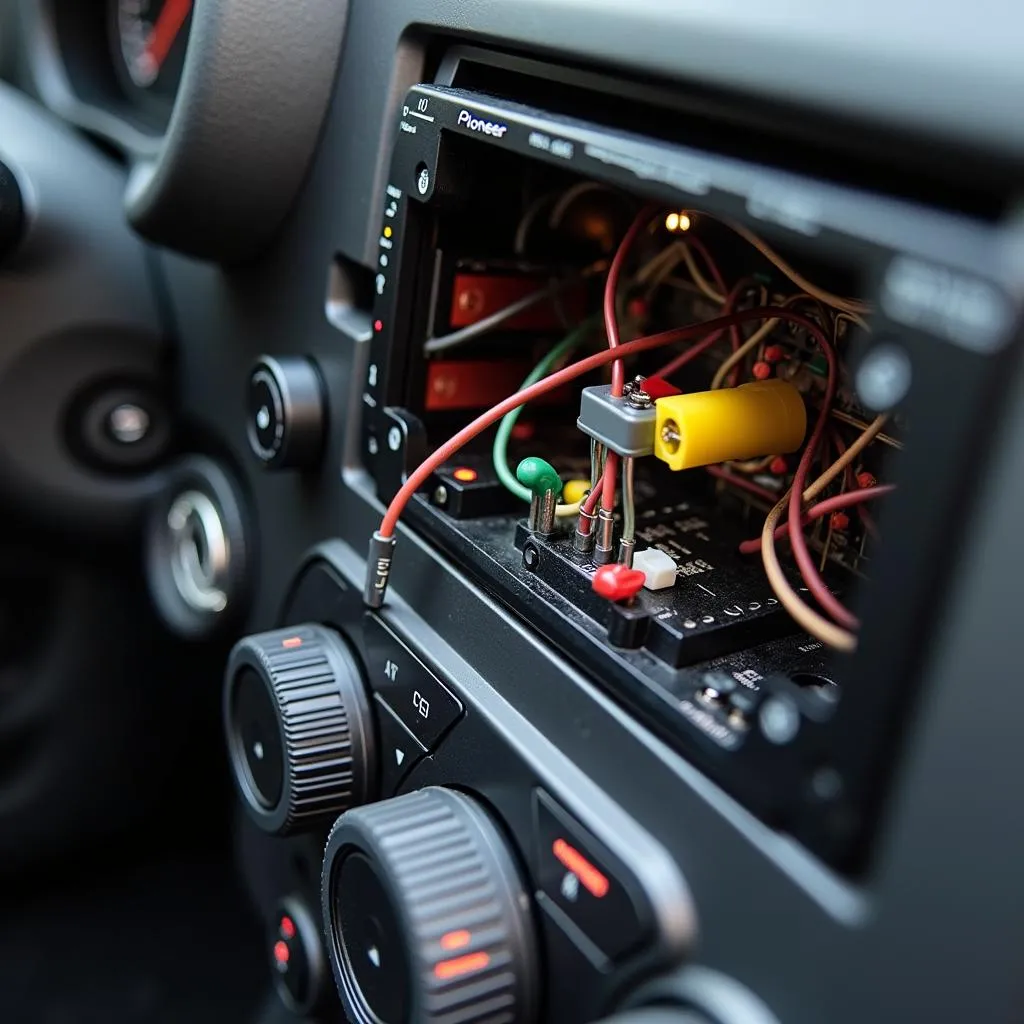A dead battery for a key fob can be a major inconvenience. If you find yourself stranded and unable to unlock your car because of a dead key fob battery, don’t panic! This comprehensive guide will walk you through everything you need to know about key fob batteries, from identifying the signs of a dying battery to replacing it yourself.
Signs Your Key Fob Battery is Dying
Before you find yourself stuck, it’s crucial to recognize the warning signs of a failing key fob battery. Here are some common indicators:
- Decreased Range: You may notice that you need to be much closer to your car for the key fob to work.
- Intermittent Functionality: The key fob may work inconsistently, sometimes requiring multiple presses of a button.
- No Response: The most obvious sign – your key fob doesn’t respond at all.
Common Key Fob Battery Types
Most car key fobs use small, disc-shaped batteries. The most common type is the CR2032, but other types, like the CR2025 or CR2450, are also used depending on the make and model of your car.
How to Find the Right Battery for Your Key Fob
- Check Your Owner’s Manual: The easiest way to find the correct battery type is to consult your car’s owner’s manual.
- Look for Markings on the Battery: If you can access the existing battery in your key fob, it should have markings indicating its type.
- Search Online: Many online retailers allow you to search for compatible batteries by entering your car’s make, model, and year.
DIY Key Fob Battery Replacement
Replacing the battery in your key fob is usually a straightforward process. Here’s a general guide, but remember to refer to your owner’s manual for specific instructions for your car model:
- Locate the Battery Compartment: This is usually on the back or side of the key fob and may be covered by a small screw or a sliding latch.
- Open the Compartment: Use a small screwdriver if necessary, being careful not to damage the key fob.
- Remove the Old Battery: Note the orientation of the battery (positive (+) and negative (-) sides).
- Insert the New Battery: Make sure the new battery is correctly positioned, matching the orientation of the old one.
- Close the Compartment: Secure the battery cover.
- Test the Key Fob: Ensure all buttons are functioning correctly.
When to Seek Professional Help
While replacing a key fob battery is often a DIY task, there are times when it’s best to consult a professional.
- Damaged Key Fob: If your key fob is physically damaged, it’s best to have it inspected and repaired by a professional.
- Programming Issues: In some cases, a new battery may require programming to your vehicle.
Tips to Prolong Key Fob Battery Life
- Avoid Frequent Button Pressing: Unnecessary button presses can drain the battery faster.
- Store Your Key Fob Properly: Extreme temperatures can shorten battery life. Store your key fob in a cool, dry place.
- Replace the Battery Regularly: Don’t wait for your key fob battery to completely die before replacing it.
Conclusion
A dead battery for a key fob doesn’t have to be a major headache. By recognizing the signs of a dying battery and understanding the replacement process, you can easily stay ahead of the curve. Remember to keep a spare battery handy and consult your owner’s manual for specific instructions for your vehicle. For more detailed guides on specific car models, you can find helpful resources online, like this one for changing battery jeep key fob. Having the right information empowers you to keep your key fob functioning optimally, ensuring a smooth and hassle-free driving experience.

